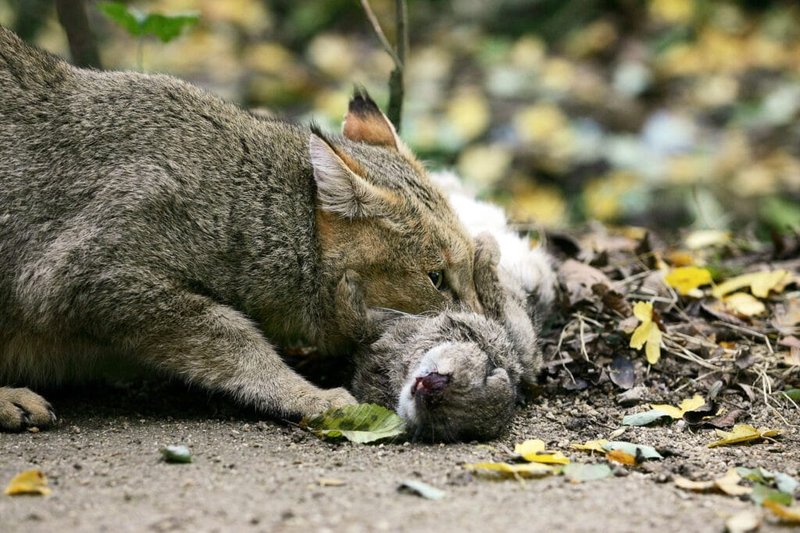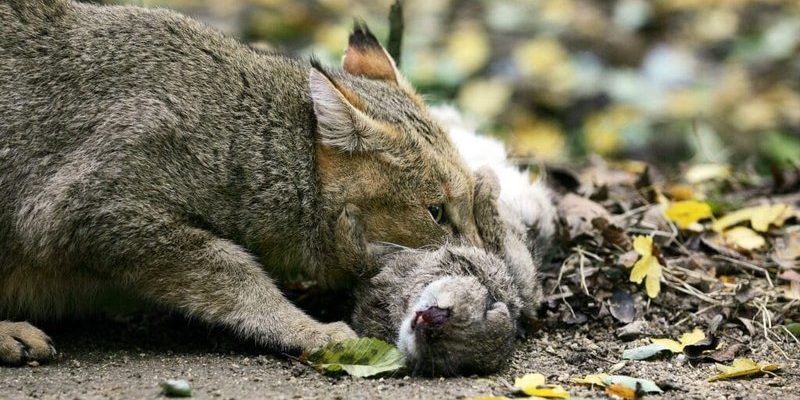
You might be wondering how this furry little predator manages to find food in such a competitive landscape. Just like a chef experimenting with different ingredients, the jungle cat has a diverse menu. Their hunting strategies are equally impressive, showcasing their agility and cunning. Let’s dive into the complexities of their eating habits and tactics to give you a clearer picture of these incredible animals.
What Do Jungle Cats Eat?
The diet of the jungle cat is surprisingly varied. While they primarily hunt small mammals, their menu can include birds, reptiles, and even insects. Think of them like a picky eater who occasionally tries something new. In terms of primary prey, jungle cats often target:
- Rats and mice
- Small birds like sparrows or doves
- Amphibians, such as frogs
- Reptiles, including small snakes and lizards
Jungle cats are also opportunistic eaters. This means they take advantage of whatever is available, which can change dramatically depending on the season and environment. In wetlands, for instance, they might enjoy a feast of fish or crustaceans. Honestly, this adaptability is what makes them so successful in various habitats.
You might ask, how do they know what to eat? The answer lies in their keen observational skills. They learn to identify patterns in prey movements and adjust their tactics accordingly. Just like a waitress who remembers a customer’s favorite dish, jungle cats pick up on the habits of their preferred meals.
Hunting Strategies: Stealth and Speed
When it comes to hunting, jungle cats don’t just rely on brute strength. Instead, they employ a combination of stealth and speed, much like a seasoned athlete. They often stalk their prey, using nearby foliage for cover. You’re probably picturing a stealthy feline crouched low, its focus laser-sharp.
Once they’re close enough, jungle cats will use a sudden sprint to pounce on their unsuspecting meal. This burst of speed can make all the difference when chasing after quick creatures like rodents. Imagine a sprinter taking off from the blocks at a race; that’s what a jungle cat does when it spots its target.
In addition to their speed, these cats are also quite clever. They might sit patiently and wait for their prey to come closer, using their environment to their advantage. Think of it as setting up a surprise party where the guest of honor has no idea what’s coming.
Territorial Behaviors and Hunting Grounds
Jungle cats are also quite territorial, marking their hunting grounds with scent markings. This is crucial because it helps them communicate with other jungle cats about their domain. It’s like putting up “no trespassing” signs but in a more discreet, animal-friendly way.
These cats typically claim areas ranging from 1 to 10 square kilometers, depending on the availability of food and environmental conditions. You might be surprised to learn that the density of their population can vary significantly. In some regions, they coexist closely together, but in others, they keep to themselves. This territorial behavior is vital for ensuring they have enough food to thrive.
When you think about the competition for resources, it’s almost like a neighborhood potluck, where everyone tries to grab what they can. Jungle cats need to be smart about their hunting strategies, especially if they share their territory with other predators.
Communication and Social Structure
You might be wondering how jungle cats communicate with one another. While they are largely solitary, they do have methods of interaction. They use vocalizations, body language, and scent markings to convey messages. For example, males will often call out during mating season to attract females, much like a singer serenading their crush.
Body language plays an important role in how jungle cats establish dominance or show submission. This might involve tail positions or specific postures that send clear signals to other cats. It’s fascinating to think about how these cats use such subtle cues to navigate their relationships.
Interestingly, jungle cats can sometimes be seen hunting in pairs, especially during mating season or when raising kittens. While they are more often solo hunters, teaming up can increase their chances of catching prey. It’s like having a hunting buddy to share tips and strategies with, making both cats more effective in their pursuit of food.
Adaptations to Climate and Environment
The jungle cat has adapted not only to its diet but also to its environment. They are found in a range of habitats, from wetlands to dry grasslands. Their ability to thrive in such different climates is a testament to their resilience. Their fur is generally short and less insulated, making it well-suited for warmer areas.
In wetter regions, jungle cats can even utilize water as part of their hunting strategy—think of them leaping confidently into shallow water to catch fish. They have webbed toes that help them move swiftly through mud and water, almost like wearing special shoes designed for running on slippery ground.
These adaptations are vital, especially when food sources fluctuate with the seasons. Adaptability is key to survival, so jungle cats have fine-tuned their strategies to ensure they can find food no matter where they are.
In summary, the jungle cat is a remarkable example of nature’s ingenuity. Their diet and hunting strategies are intertwined with the environments they inhabit, showcasing a blend of adaptability and cunning. By understanding how these cats operate, we gain insights into the delicate balance of ecosystems where they play a crucial role.
As both predators and prey, jungle cats help maintain the balance in their habitats, controlling the populations of their prey species while also serving as indicators of environmental health. You might not encounter a jungle cat on your weekend hike, but knowing about their diet and hunting strategies gives you a deeper appreciation for the wildlife around us.
Whether you’re a nature lover or simply curious, there’s much to learn from the resilient jungle cat. They remind us of the importance of adaptability and strategy in the wild, inspiring us to look closer at the ecosystems we often take for granted.

